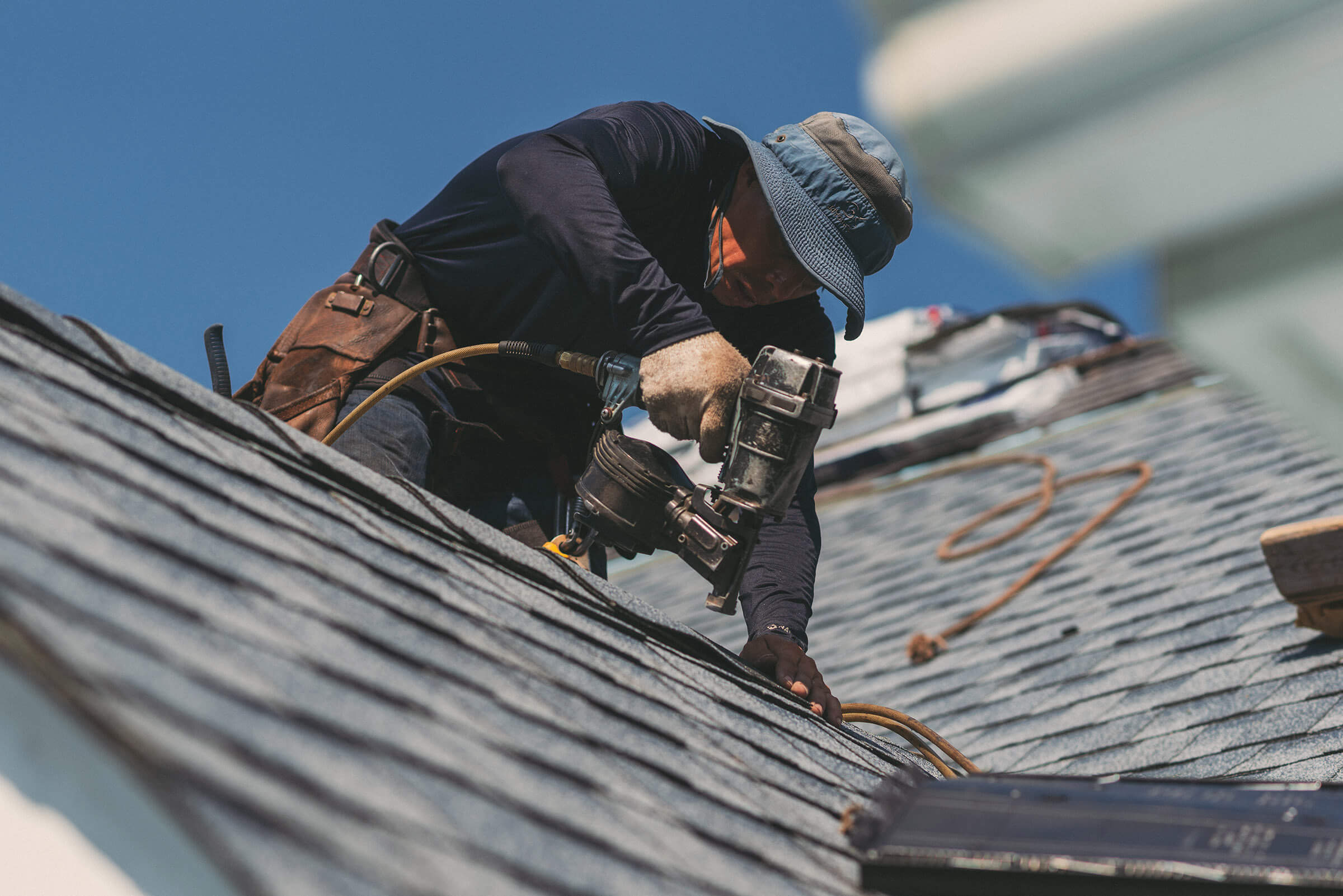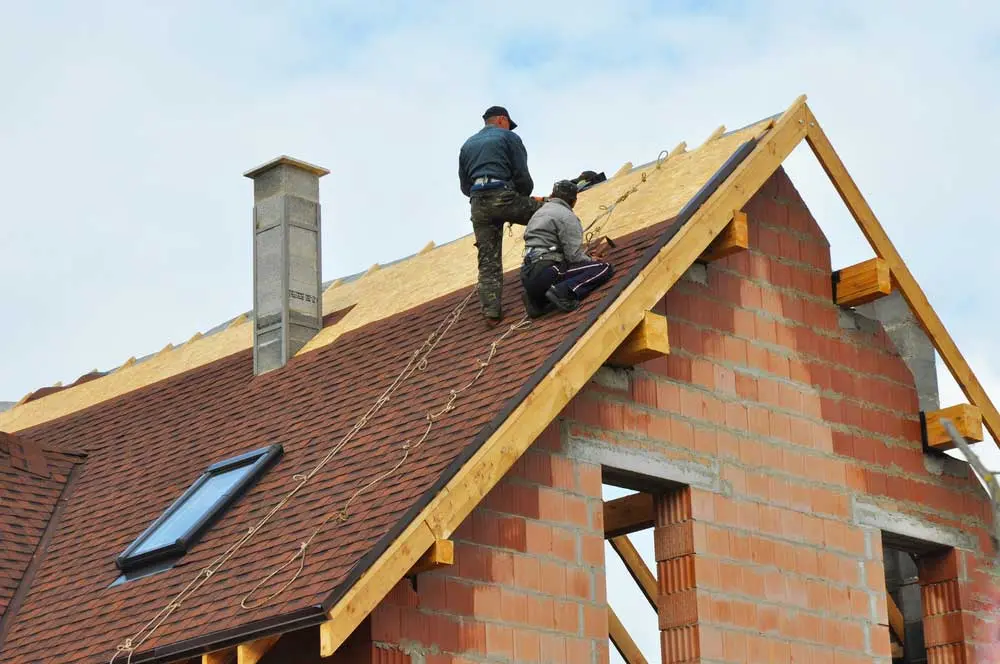A Detailed Introduction of Roof Covering Substitute Options: Reviewing the most effective Roofing Products for Your Climate and Budget Plan
When contemplating a roof covering replacement, understanding the interplay in between climate problems and material choice is crucial. Each roofing option, from cost-effective asphalt shingles to resistant metal and timeless clay tiles, offers distinctive advantages and challenges. Elements such as local weather patterns and budget plan constraints significantly affect the decision-making process. As we explore these products carefully, it becomes essential to take into consideration not just first prices yet additionally long-lasting toughness and upkeep requirements. What might show up to be a straightforward selection might disclose intricacies that demand mindful consideration.
Comprehending Climate Impact
Various climatic conditions can significantly affect both the performance and longevity of roof covering materials. Locations with extreme temperature levels may require roof systems that offer premium insulation homes to regulate indoor temperature levels effectively.

It is additionally crucial to consider the ecological influence of roof covering materials in relation to local environment. Lasting choices that show warm can aid reduce urban heat island results, while energy-efficient products can contribute to reduced energy usage. By comprehending these climate aspects, property owners can make informed choices that line up with their specific ecological conditions, inevitably boosting the resilience and efficiency of their roof investments.
Popular Roof Materials
Picking the right roof covering material is necessary for guaranteeing resilience, looks, and power efficiency in a home. Numerous roof products are popular among property owners, each offering distinct advantages suited to architectural designs and various environments.
Asphalt tiles are among the most commonly used choices because of their price, simplicity of setup, and adaptability. Available in a series of styles and shades, they can match different home styles. Steel roofing, including light weight aluminum and steel, is extremely sturdy and can stand up to rough climate condition, making it ideal for areas susceptible to extreme environments. Its reflective homes also add to power effectiveness.
Clay and concrete tiles are preferred for their durability and distinct look, commonly seen in Mediterranean and Southwestern style. They give excellent insulation however can be larger, calling for reinforced structures. Slate roof covering is another costs selection understood for its amazing longevity and all-natural beauty, though it requires a higher upfront financial investment and knowledgeable setup.
Expense Comparison of Alternatives
When considering a roofing system substitute, the financial effects of various products play a vital function in the decision-making process. The costs connected with roof covering materials can vary dramatically, affected by variables such as product type, installation complexity, and local prices variants.
Asphalt shingles, recognized for their affordability, usually range from $90 to $100 per square (100 square feet), making them an affordable choice for budget-conscious house owners (Roof Replacement Coffs go right here Harbour). On the other hand, metal roofing, while extra durable, can cost between $150 to $300 per square, depending on the sort of metal made use of and the intricacy of the setup
For those seeking aesthetic appeal and long life, article options like clay or concrete ceramic tiles can vary from $300 to $1,000 per square, reflecting their costs prices. Additionally, slate roof can get to upwards of $800 to $1,500 per square, making it among the most expensive products readily available.
Inevitably, when examining roof covering options, it is necessary to stabilize upfront expenses with the prospective lasting advantages and energy financial savings. An in-depth expense analysis will ensure homeowners make educated choices that align with their economic capacities and roof covering demands.
Long Life and Maintenance
The longevity and maintenance demands of roofing products are critical factors that can dramatically influence a house owner's general investment. Various roof choices show differing life-spans and maintenance needs, which can influence long-term expenses and performance.
:max_bytes(150000):strip_icc()/91988434-56a49ed85f9b58b7d0d7dff5.jpg)
Clay and concrete tiles provide outstanding durability, commonly going beyond half a century, yet they can be fragile and necessitate careful maintenance to avoid cracking. Wood shingles and shakes can last around 30 years but are susceptible to rot and insect damages, calling for vigilant maintenance to keep their honesty.
Inevitably, the option of roof material ought to align not just with financial restraints yet likewise with the preferred longevity and maintenance degree. Recognizing these aspects can assist property owners make informed decisions that shield their financial investment and make sure the roofing system remains useful and cosmetically pleasing throughout its life expectancy.
Making Your Decision

Following, examine the lifespan and warranty linked with each material. Some products might have a higher upfront price however offer better durability and reduced upkeep needs, inevitably conserving you money with time. It's important to think about the trade-offs in between initial financial investment and long-lasting efficiency.
Budget plan restraints must also lead your decision. Allot funds not only for the roof covering materials yet likewise for installment, which can vary based upon complexity and labor expenses. Obtain several quotes from respectable contractors to make sure a fair evaluation of installment expenses.
Lastly, think about the visual allure and how it lines up with your home's general design. An appropriate roof covering enhances curb charm and can his explanation boost residential or commercial property value - Roofer Coffs Harbour. Evaluate these aspects meticulously to make an informed decision that meets both your functional requirements and monetary abilities
Verdict
In final thought, selecting the ideal roof material calls for cautious consideration of neighborhood climate, budget restrictions, and the distinct residential or commercial properties of numerous materials. Asphalt tiles use affordability, while steel roofing supplies extraordinary durability, and clay floor tiles ensure long life.
Various weather conditions can substantially influence both the efficiency and long life of roof products.It is also crucial to consider the ecological influence of roofing products in relation to regional environment. Begin by assessing your regional environment, as this significantly affects the efficiency of roofing materials. Designate funds not just for the roofing products yet also for setup, which can differ based on intricacy and labor costs.In final thought, picking the ideal roofing material needs mindful consideration of local climate, budget plan restraints, and the unique homes of numerous products.